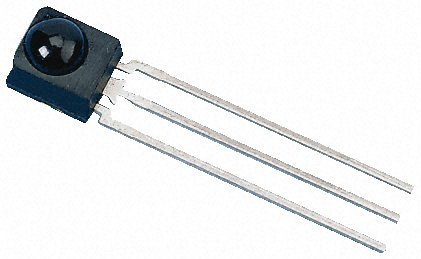What is an Infrared Sensor?
Wikipedia says it best:
Passive Infrared sensor (PIR sensor) is an electronic device that  measures infrared (IR) light radiating from objects in its field of view. PIR sensors are often used in the construction of PIR-based motion detectors. Apparent motion is detected when an infrared source with one temperature, such as a human, passes in front of an infrared source with another temperature, such as a wall.
measures infrared (IR) light radiating from objects in its field of view. PIR sensors are often used in the construction of PIR-based motion detectors. Apparent motion is detected when an infrared source with one temperature, such as a human, passes in front of an infrared source with another temperature, such as a wall.
Where Can I Use Infrared?
From the above definition you can see they monitor temperature differences in a space. The one thing you must have with this type of sensor is line of sight.
If there is a space such as a restroom with stalls or an office that has an irregular shape than you will get a situation where you will have a "false off".
Open areas where the installed sensor has 100% visibility are the areas where the infrared sensor excels.
What's the sensors range?
Typically these are indoor sensors and depending on location and mounting there range can vary.
The type that you see mounted in place of switches typically have a range of 15-30 foot in one direction. Ceiling mounted sensors can have a range of 25-50 foot, but in a 360 degree circle.
The infrared sensor is still a great tool to use for energy savings. Many times a sensor has been thought to be bad when in all actuality it was just not the right tool for the job.
In the case of the restroom, use an ultrasonic or dual technology sensor. They work in situations where line of sight is not available.
Want to learn more about calculating your energy savings?
Try our free occupancy sensor calculator to see how much money you could save!.
If your looking for a sure fire way to cut operating costs look no further than the lighting above you. With utility rebates and tax incentives there is no better time to invest in upgrading the lighting of your facility and one of the easiest upgrades is motion sensors.
Give us a call and let us take the hassle and guess work out of upgrading your place of business. More questions about occupancy sensors? See our recent post How To Calculate Occupancy Sensors Energy Savings. Put your question in the comment section below.
